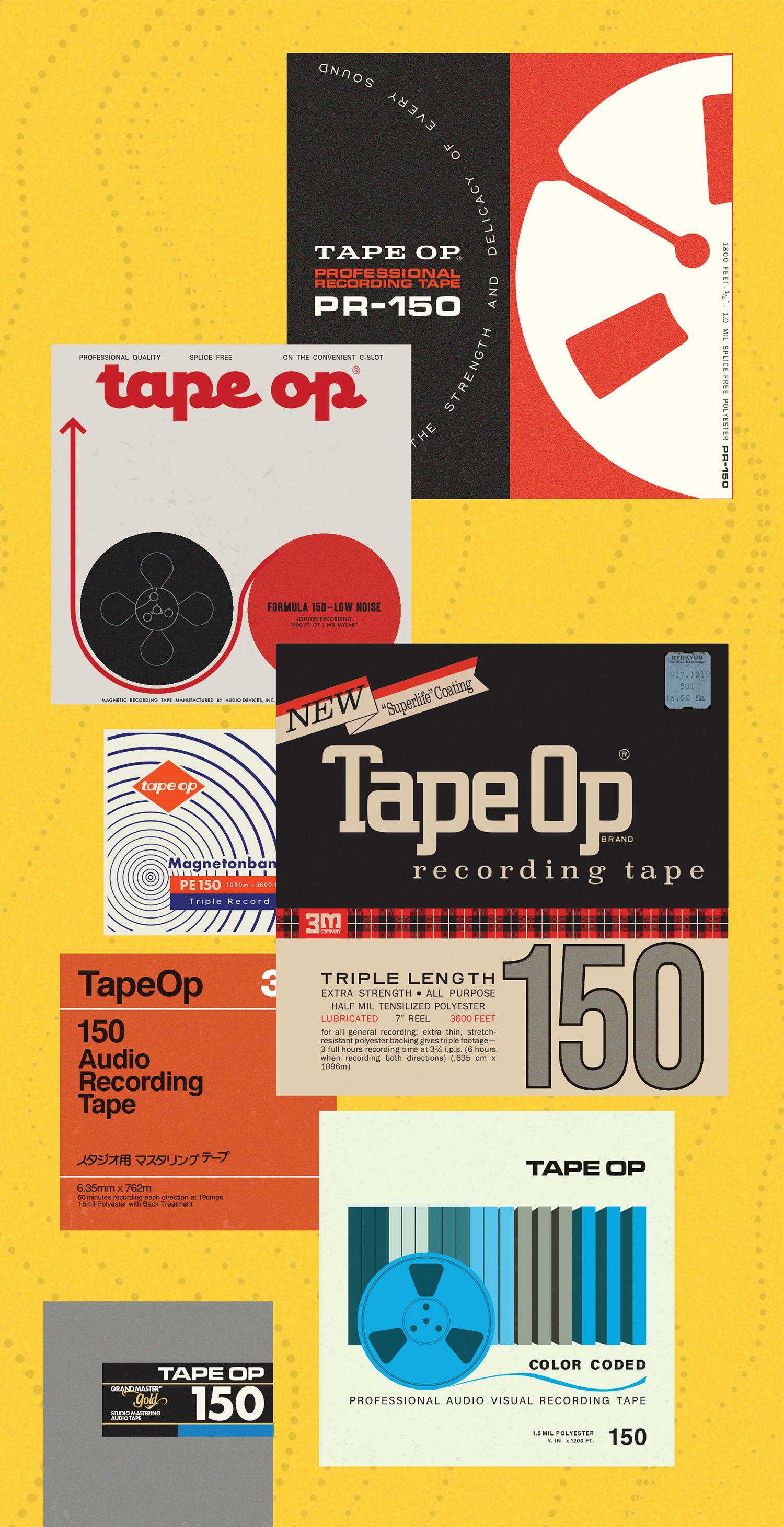Texture still seems to me to be the hill on which the battle between us analog Luddites and the digital future is raging. Though digital emulations are now, broadly, pretty good and getting better, sitting next to an actual device and its digital kissin’ cousin has almost always reinforced my bias that analog, texturally, is still more complex and interesting than digital.
However, I recently became aware of a new plug-in suite from Eurorack manufacturer Noise Engineering that is getting me excited about our digital, textural future in a way that feels very new. If you’re not working in the Eurorack space, Noise Engineering has been making truly unusual and interesting modules for that format since about 2014, and have now started to bring their viewpoint into the plug-in universe. Now comes Plugin Bundle 1, an AAX/AU/VST3 collection of two instruments and one audio effect, based on their modules of the same names for Eurorack: Basimilus Iteritas (a digital percussion synthesizer), Cursus Vereor (which Noise Engineering describes as a spectral synthesizer “based on different orthogonal conceptualizations of frequency”), and Desmodus (a hybrid reverb/delay which can also do infinite sustain in an incredibly stable way).
First – and I cannot stress this enough – these plug-ins sound fucking bonkers! I’ve been using them for a few months now, and am still surprised by a new texture almost every time I instantiate one. An easy way into the width of colors available is the Rand button, which randomizes all the front panel controls and is a brilliant inclusion across the product line. Open any of the three plug-ins, hit Rand a few times, and you’ll start to see just how insanely flexible these devices are. Rand physically relocates the sliders on the GUI, so this is also an easy portal to further tweaking.
Operationally, these plug-ins are all a delight to use. Incredibly complicated outcomes can be driven by manipulating only one parameter. Moreover, all three plug-ins constantly reward curiosity with fresh discoveries. For example, Basimilus Iteritas only has eight manipulable parameters on the main Tone page. However, their interoperation is such that you can make everything from vanilla Roland TR-808 beats to the most experimental drums and percussion – even synth bass or pluck sounds.
Similarly, the math taking place under the hood in Cursus Vereor has been distilled into intuitive controls and resembles classic subtractive synthesis. Even though these plug-ins represent very complex synthesis theory, they require very little sophistication from the end user to arrive at some compelling places.
Though the easiest description of Desmodus is delay/reverb, it almost feels like an instrument in use, considering the extent to which it can be used transformatively on any source. Again, however, the simple interface makes using it fun, fast, and easy.
There is a deep modulation matrix in every plug-in, which is a breeze to program and will feel like home to any Eurorack user. Right-click on any parameter and a contextual menu pops up with all available modulation sources with a little mixer and assignments. Command-click on any of those modulation sources to jump to that modulation page. Even though the feature set is deep, navigation through the system kinetically is fast and, again, intuitive.
There are four LFOs, and four programmable Macro sources available in all three plug-ins, as well as note on/off, pitch, velocity, and aftertouch in the synths. When I say any parameter can be modulated, I really do mean any. LFOs can be set to modulate each other and their subcontrols. You can control the Hue of the GUI with velocity or aftertouch, displace the octave, or even change modes. LFOs can be set to any value from 32 seconds to 10 milliseconds, which even offers some frequency modulation possibilities or may also be synced to MIDI. Additionally, each LFO can be optionally converted into a simple step sequencer (or an ADSR follower in Basimilus Iteritas and Cursus Vereor), which massively extends sound design possibilities.
Honorable mention needs to go here, too, to three additional free plug-ins that Noise Engineering offers in the Freequel Bundle: Ruina (a multi-engine distortion / sound mangler) and two other software synths in the Vereor family (Sinc Vereor and Virt Vereor). Ruina is unlike any other distortion plug-in I own, and both of the other Vereor synths are equally unique universes unto themselves. They’re free. Get them now!
One of the most interesting concepts, paradigmatically, about these plug-ins is that in hardware format these devices are designed around digital chipsets. The move to bring them into a DAW isn’t at all the same compromise that we experience using an 1176-style plug-in versus a physical FET compressor. Having this depth of textural complexity available as an easily recallable, preset-able, digital device is absolutely awesome if you’re working in film and television, on records with lots of telecommuting, or with large teams involved in decision-making.
Moreover, as I look around my studio today, I realize that so many of the devices I have added to my collection lately are based on digital chips. AMT Electronics’ F1-based guitar pedals, SHARC processor-based synths – even Arduino (open-source electronic prototyping platform). As digital programming makes its way further into the physical world, I hope that we see a similar trend around the industry to recode digital pedals or synths as AAX/VST/AU devices as well. It’s more egalitarian, more conducive to modern workflows, and more ecologically sound – win, win, win!
An inspired, individual perspective is becoming increasingly rare and immeasurably valuable in a musical world that celebrates so much “sameness,” and these plug-ins really feel like a new idea. They draw into relief just how conservative and boring most pro audio-facing tools are, while inspiring me to try to find new things to say with my work, which is the real goal.




_disp_horizontal_bw.jpg)